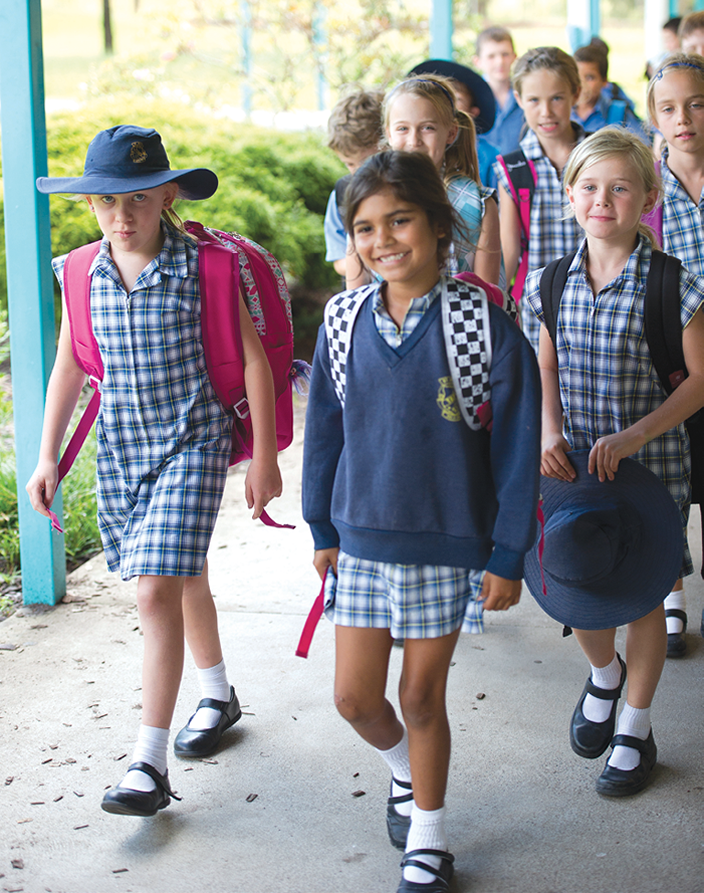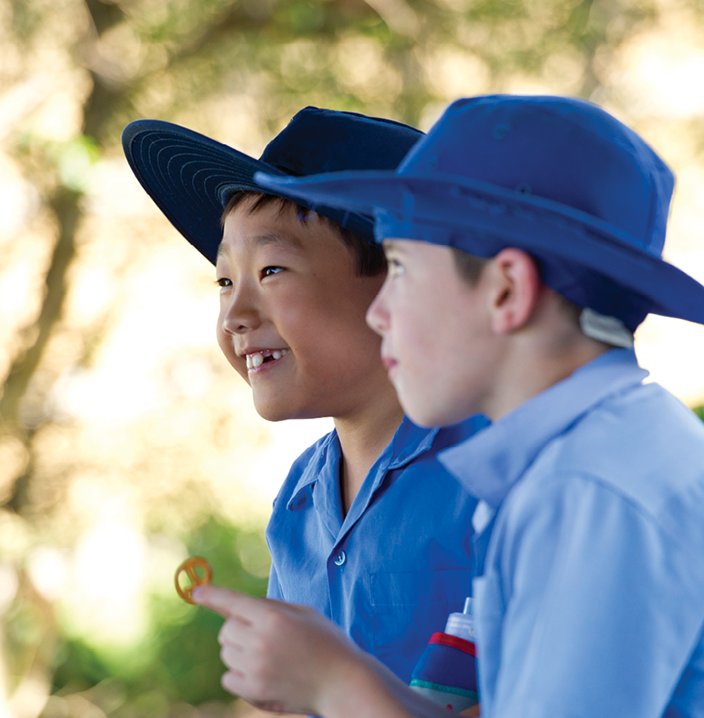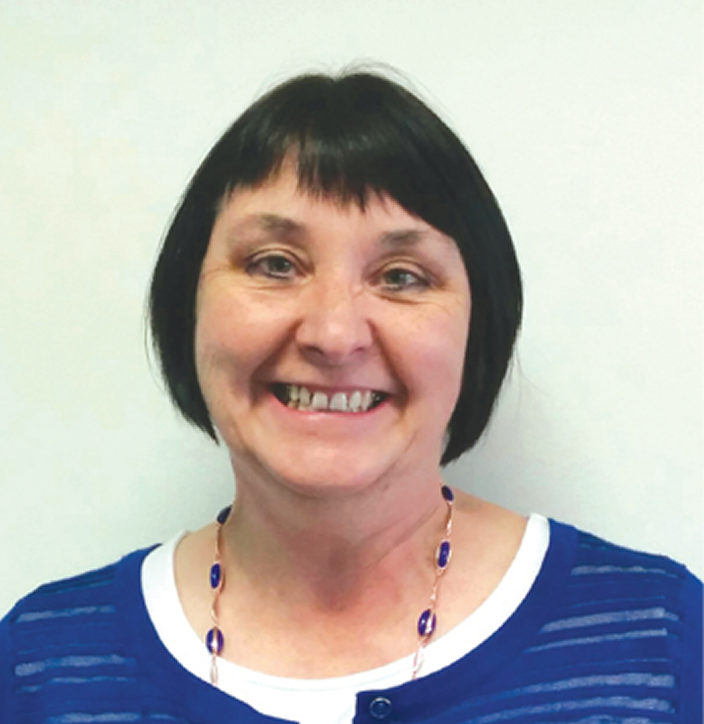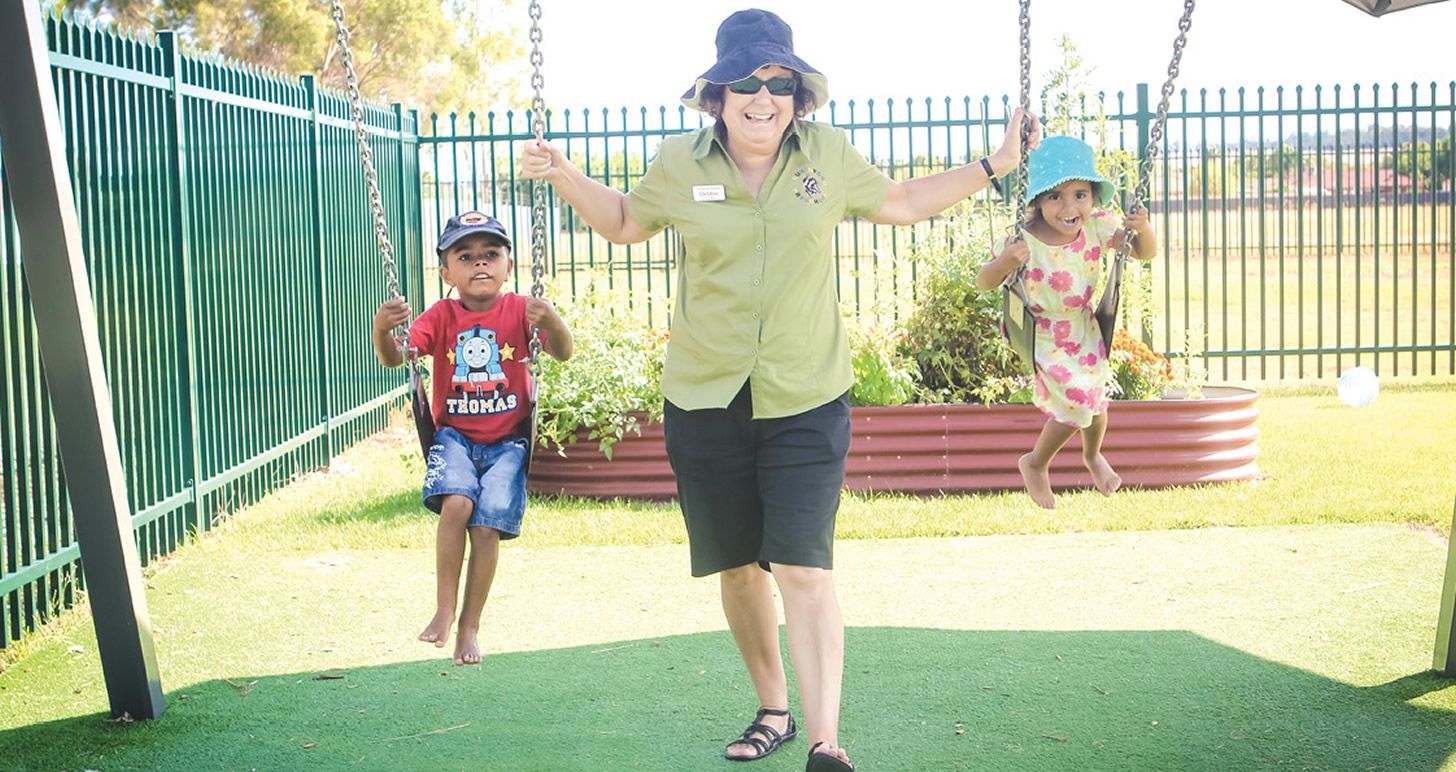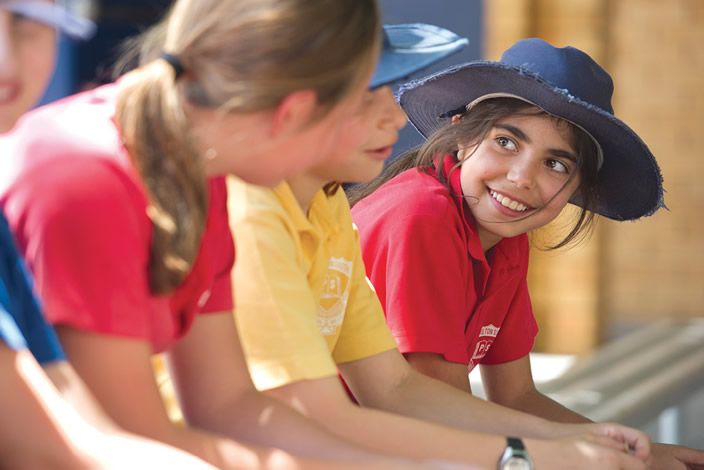
The term ‘melting pot’ is often used to describe Australia and the variety of cultural groups that call this country home. Our identity as a nation is defined by our diversity – making it of utmost importance to raise young Australians to value diversity, and promote the social skills of cultural awareness and inclusion. Journalist Sara El Sayed looks at how Australian children learn to be culturally aware and inclusive.
Teaching inclusivity
The Australian Bureau of Statistics’ (ABS) 2015-16 net overseas migration figures account for 182,165 people. At 30 June 2016, 28.5% of Australia’s estimated resident population (6.9 million people) was born overseas.
According to KidsMatter – a mental health and wellbeing initiative set in primary schools and early childhood education and care services – school staff have a significant role to play in supporting children and families from culturally and linguistically diverse (CALD) backgrounds. When staff are welcoming and approachable it helps to build a sense of belonging and trust for students and their families.



































































































































